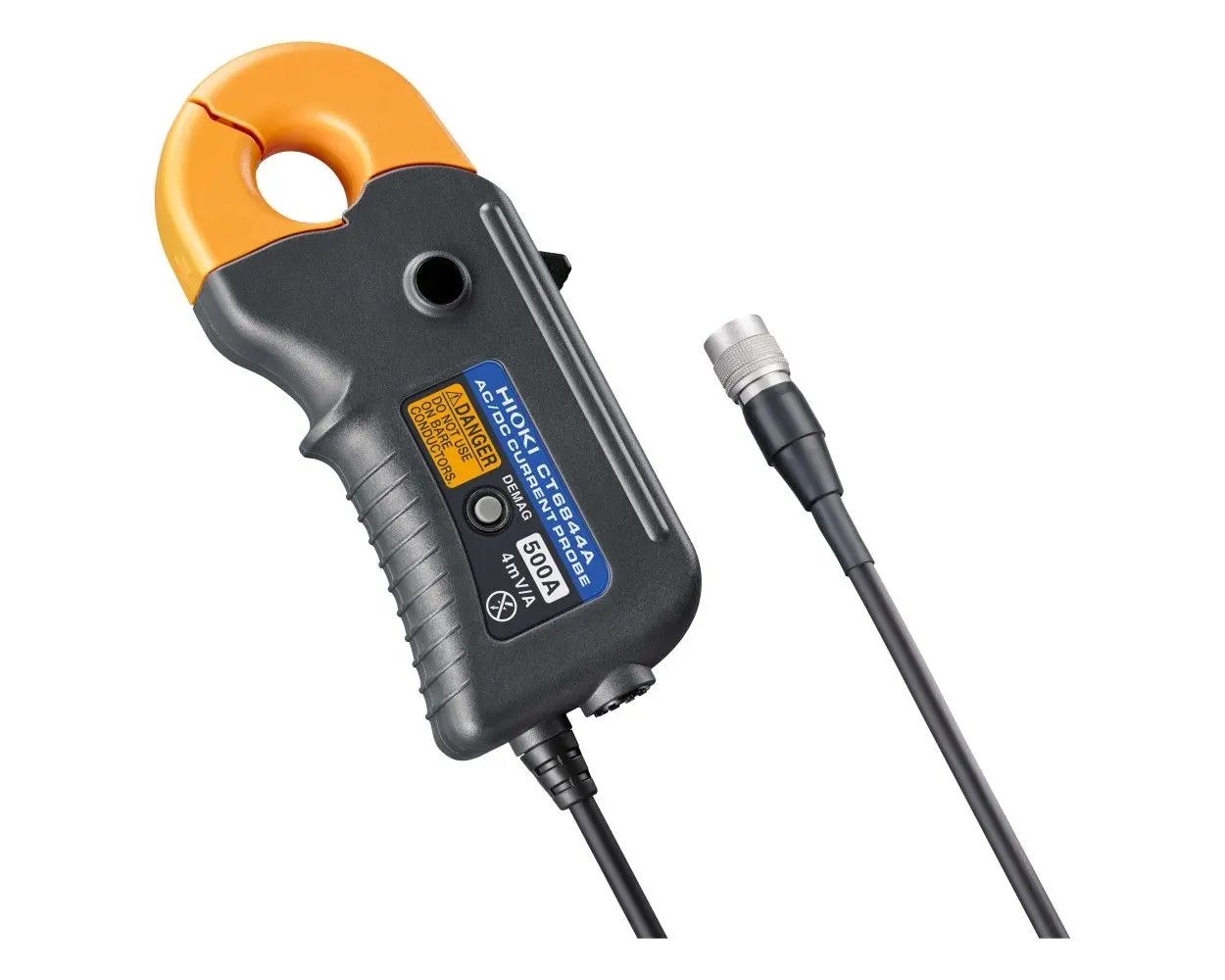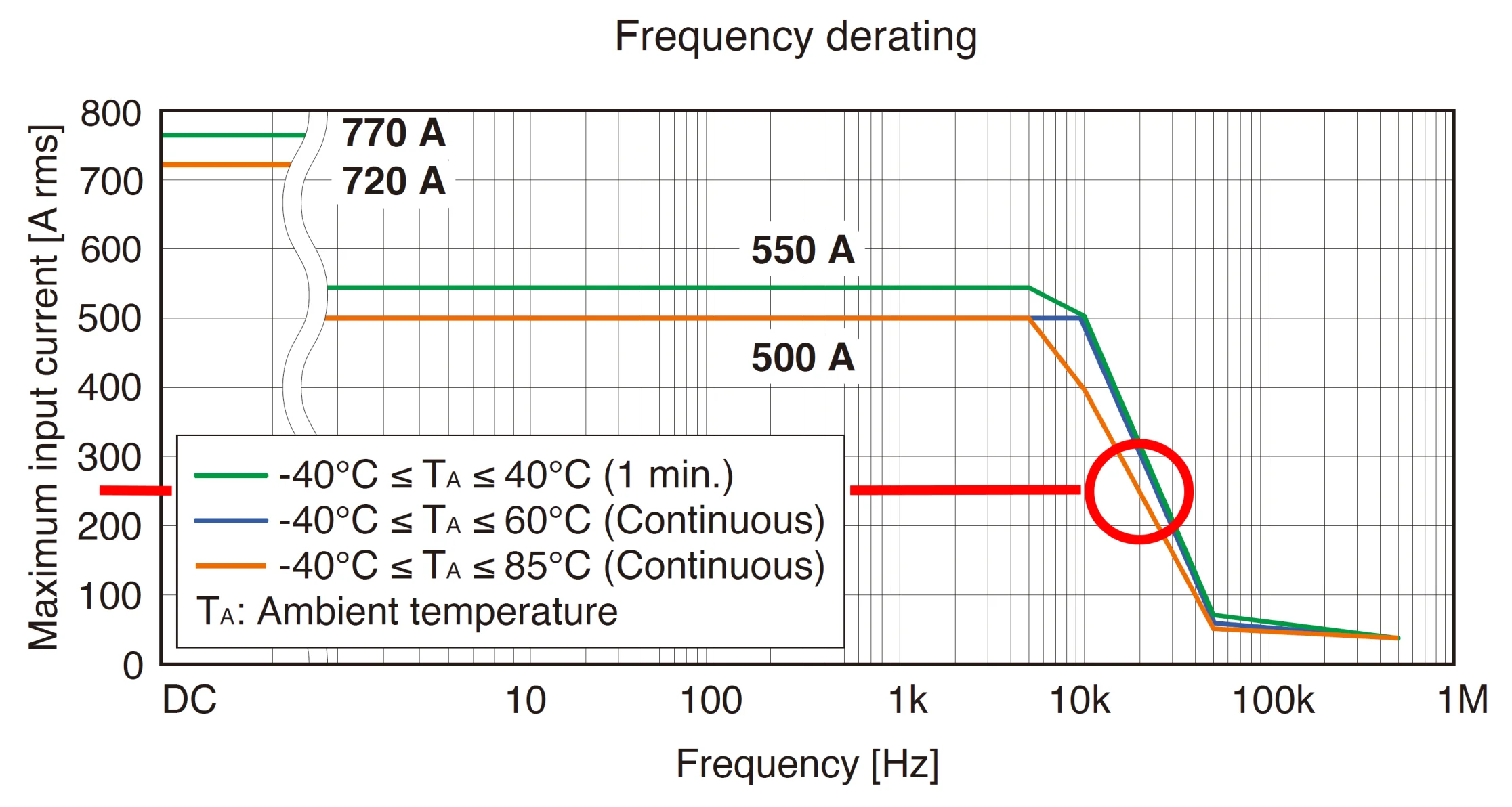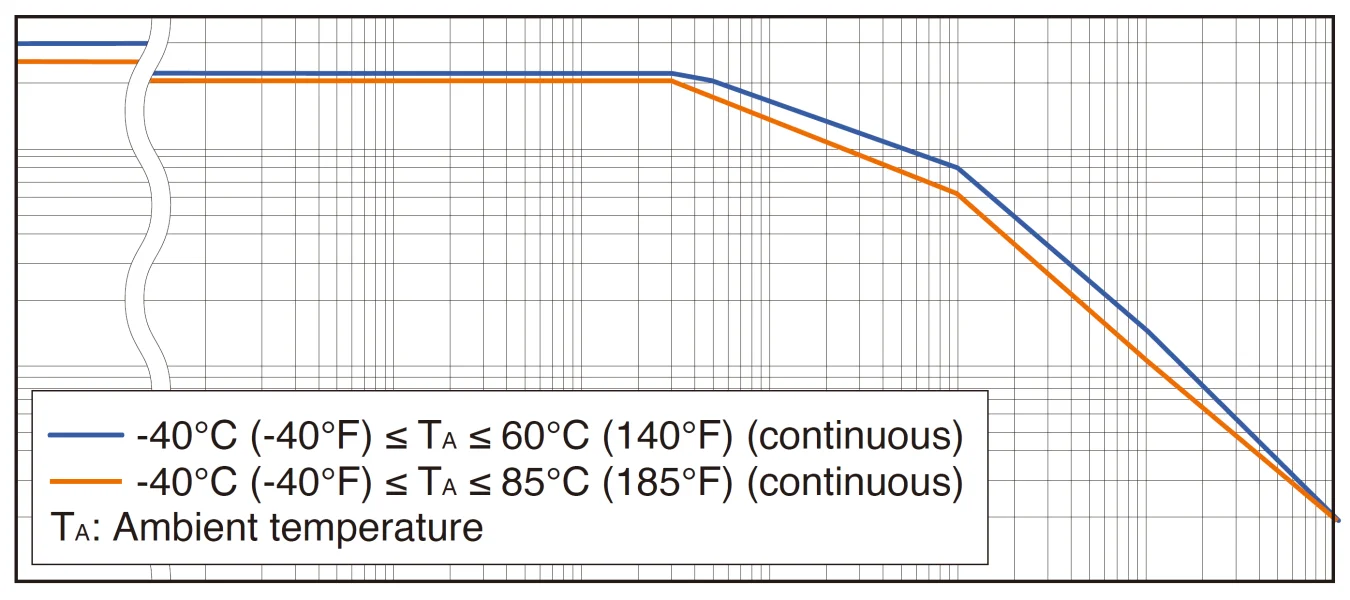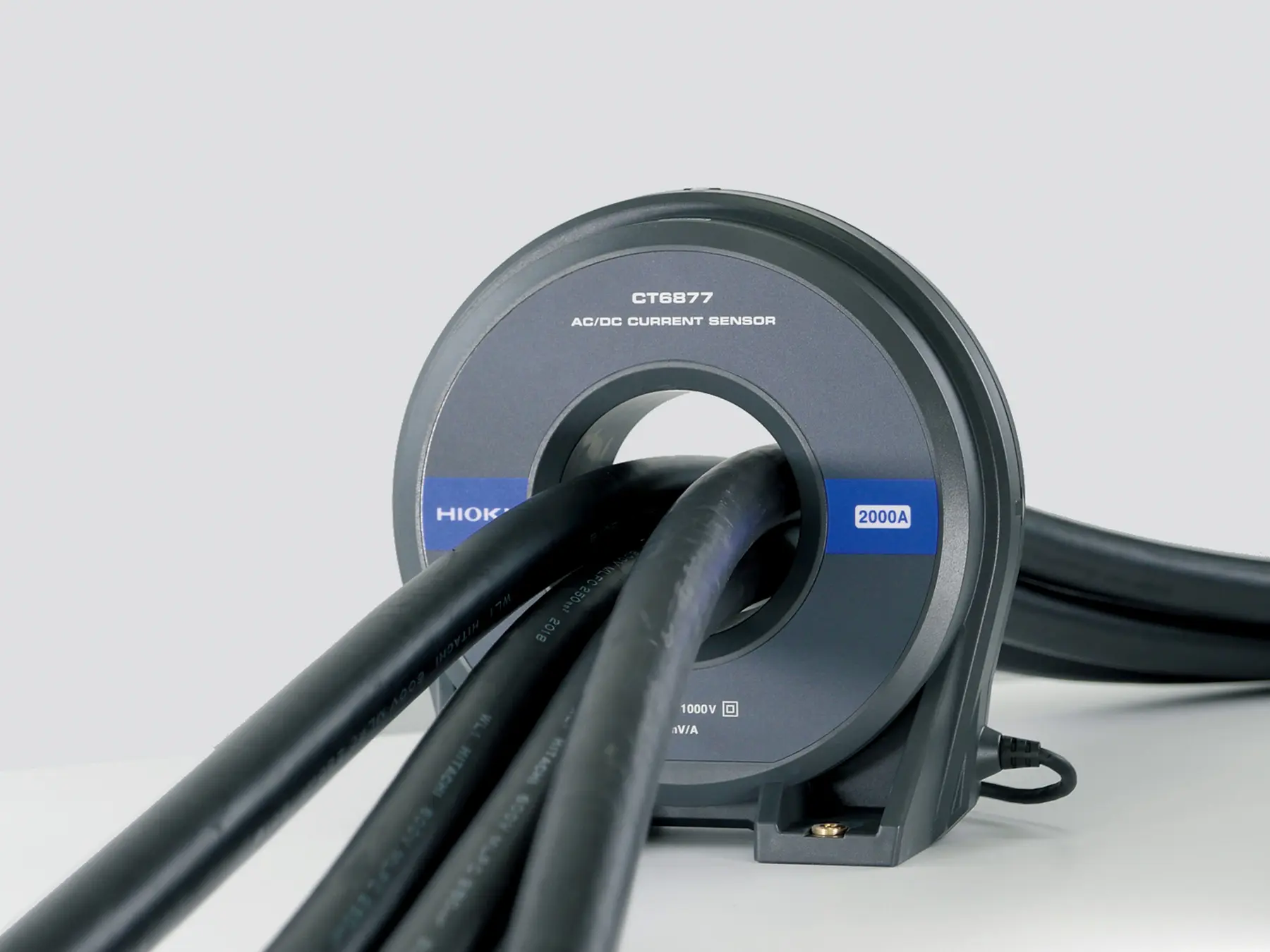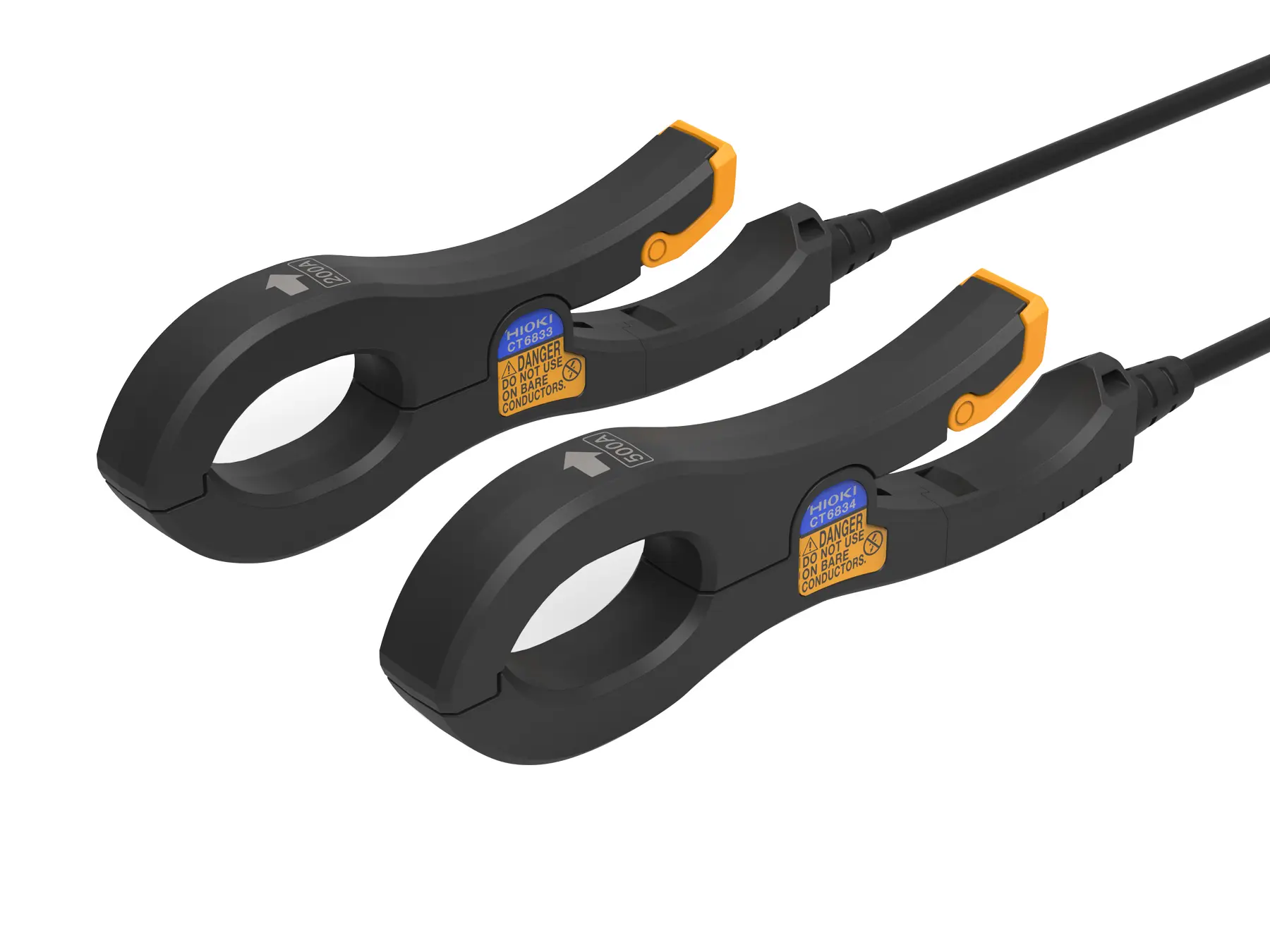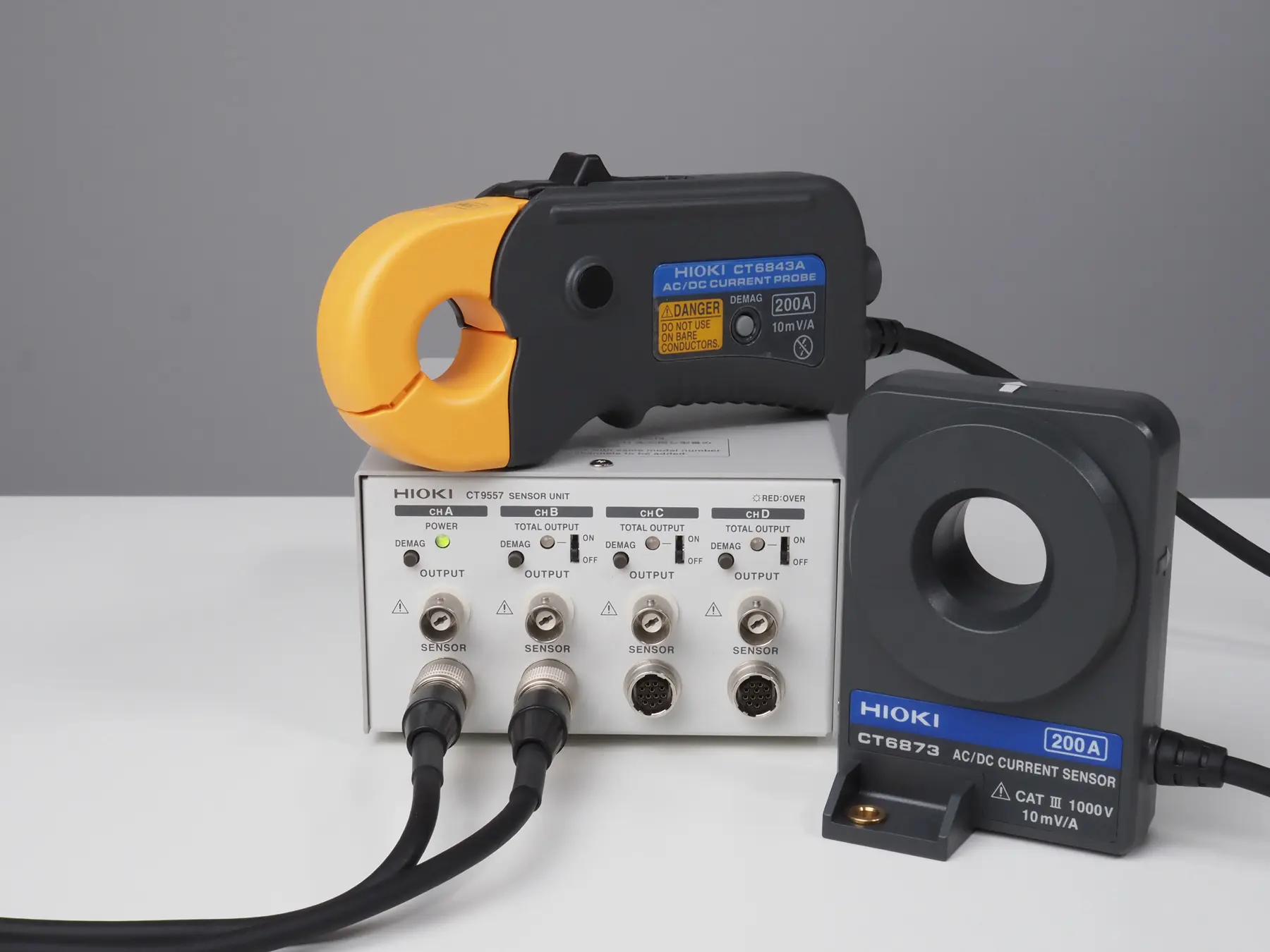Derating of Current Sensors: What is it and why?
In an article about DC current measurement and bandwidth I wrote that "the derating of a current sensor and the sensor's bandwidth have nothing to do with each other".
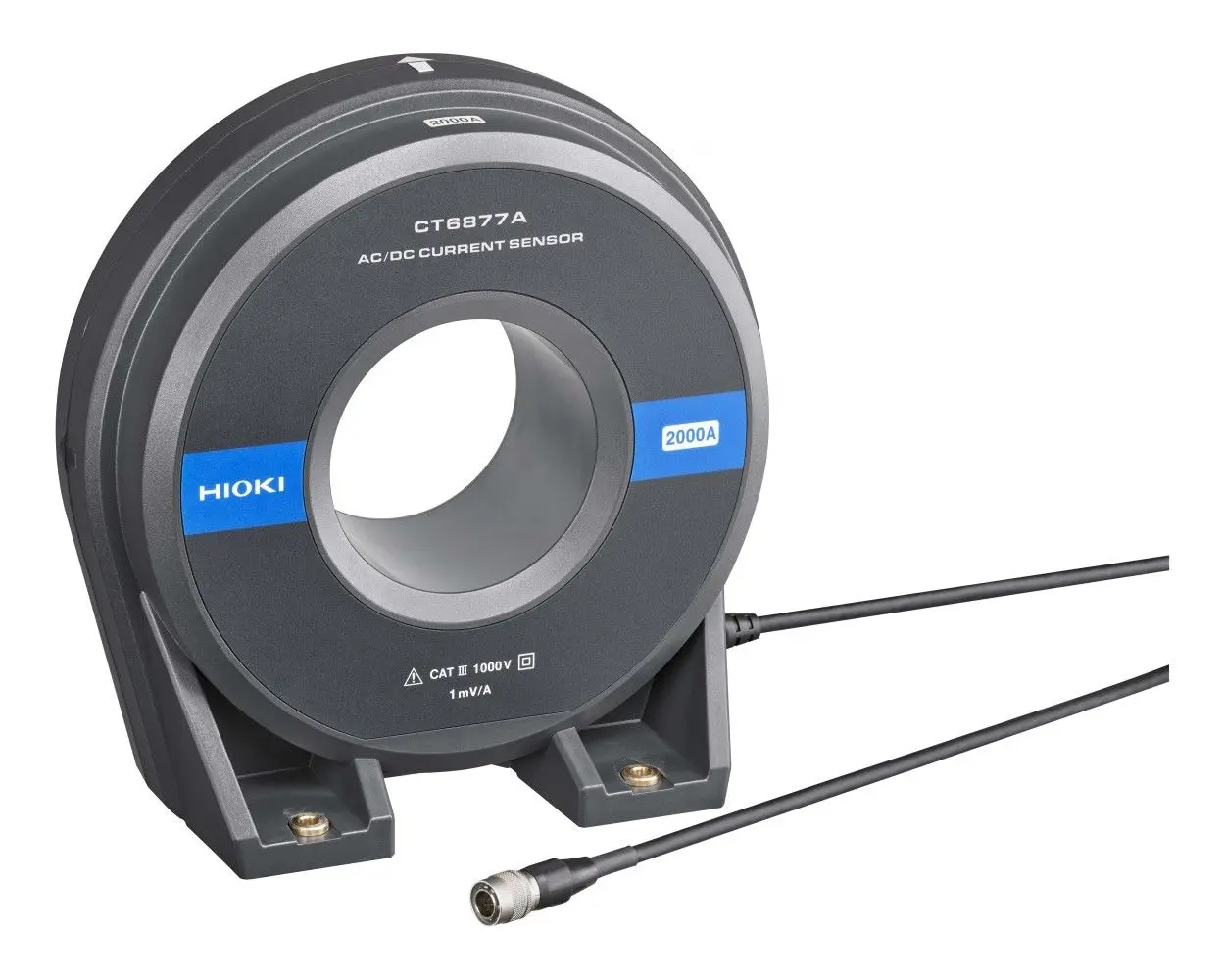
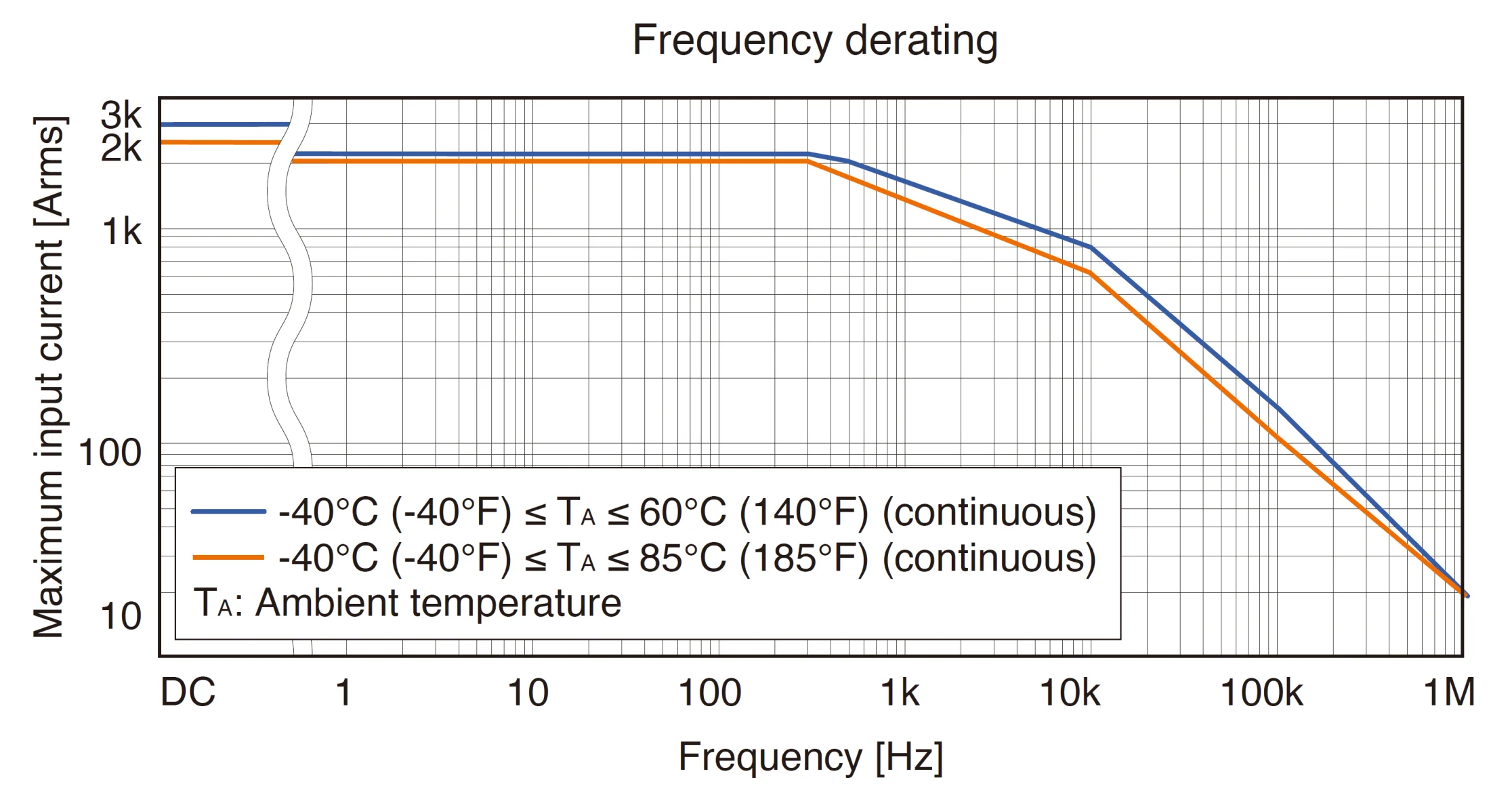
What is the reason for the derating of maximum input currents?
When does derating actually matter?

Switching frequencies are getting higher - what about the sensors?
